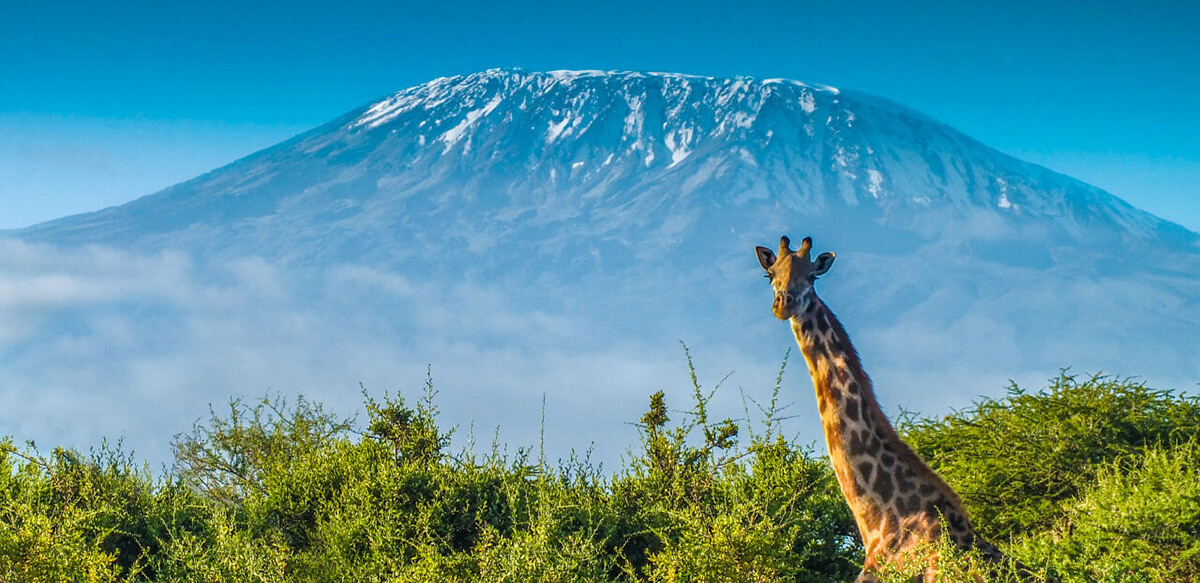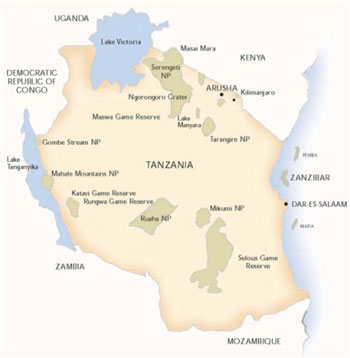There are a few more points that may help you in this decision:
Price issues – these always come up when groups “research“trips and then compare options. Some will want to go for the cheapest option, some want the better quality and peace of mind of booking through an experienced, reliable licensed operator. At the end of the day, you all buy safe vehicles, put safe tyres on them, and plan to live a long life – don’t compromise on something as important as summiting Kilimanjaro. Temperatures drop to minus 200C, and if you don’t have the correct gear, crew, food and so forth, you may be putting your life, and others, at risk. You want to get to the top, safely – and have a good time doing it.Just looking at our success rate of 95%+, and the AVERAGE success rate of about 50 – 60%, you have about a 30% better chance with us than a budget operator. You don’t want to waste your money. This is where our experienced staff, kit lists, detailed presentations at our offices etc help a LOT.
A lot of the reasons for our success rate boils down to money – we pay enough to get good guides, crew, and to buy you good food, and use decent equipment (which is maintained/upgraded regularly). When you consider that about $600 per person on a 6-day climb goes on park fees alone, and you work out what a budget operator has got left to run a business on, you can see that on budget trips corners will probably be cut. All to the detriment of YOU, the guest.
[bweb_vc_list_items type="lineicons" icon_lineicons="simple-icon icon-ghost"]This could be done in many ways:
It has been estimated that in GOOD weather, your summit chances with a budget operator are probably only slightly less than if you climb with a decent operator. In BAD weather, the chances of summiting – indeed surviving without injury – are 40% better with a higher standard of climb. Basically a good, qualified, well paid crew, with decent leadership and good gear, is what you need – and get – from our standard of climb. It is not a luxury trip, but we ensure that both standards and service are maintained to a high level. Our trips are not cheap – and they never will be. We pay our crew well, use good gear, pay local taxes, operate ethically etc. You will however, get good value for money and a good chance at the summit.
Consider the above points well – they are ALL questions you should be asking. I am confident that, knowing the above, we will soon see you on a Wild Spirit Kilimanjaro Climb. If you want cheap, we suggest you contact many of the other “operators“ out there.
Hope to see you up there soon.
Wayne Wetherall
Wild Spirit Adventures



